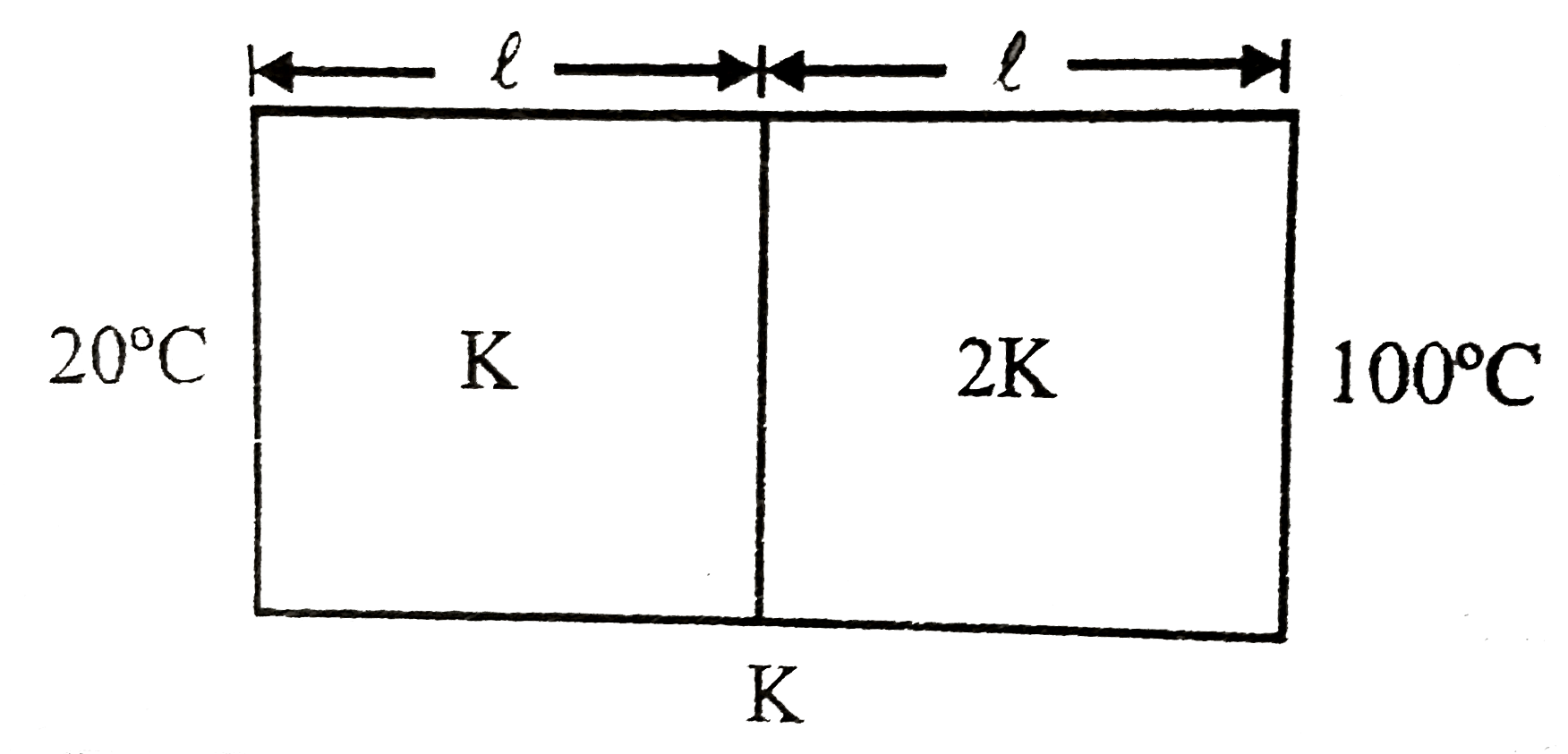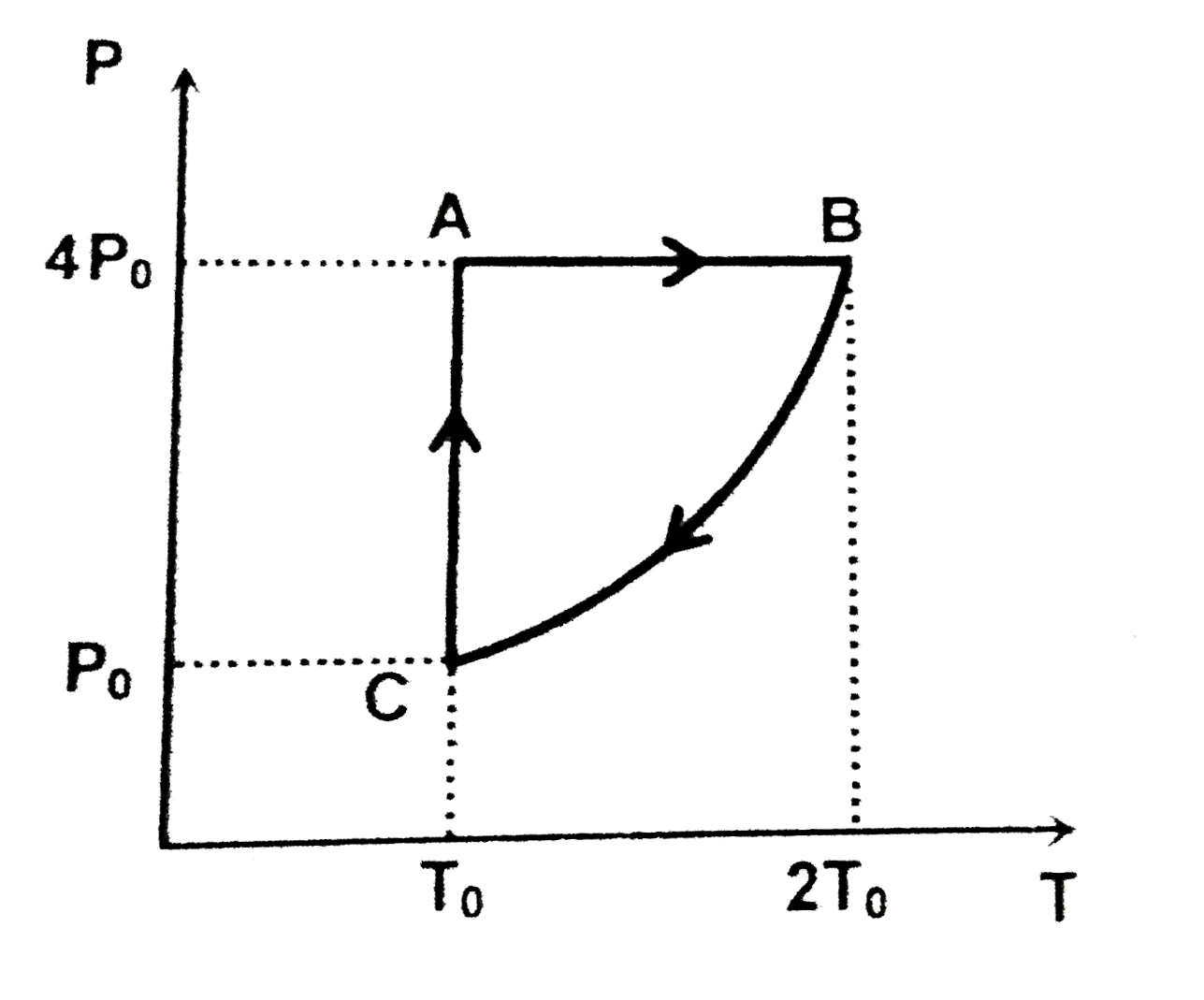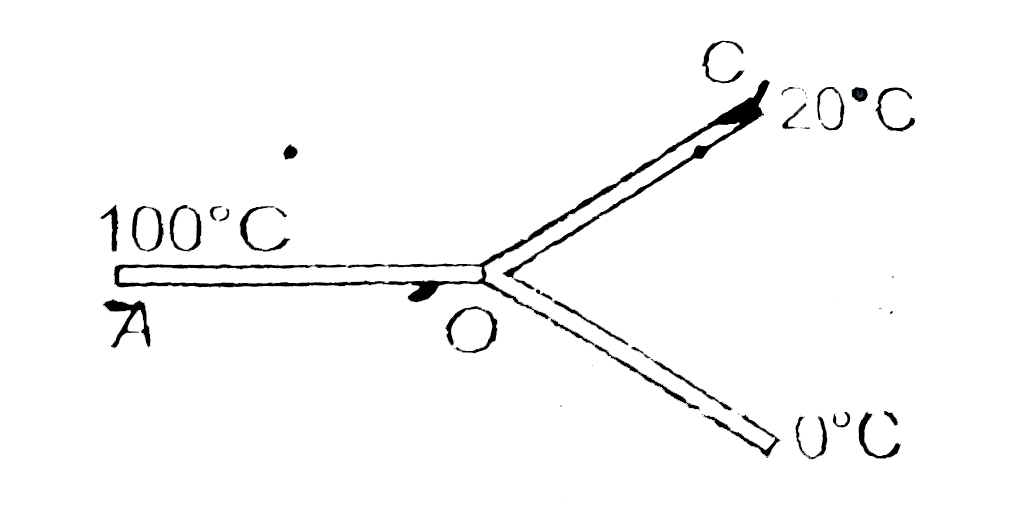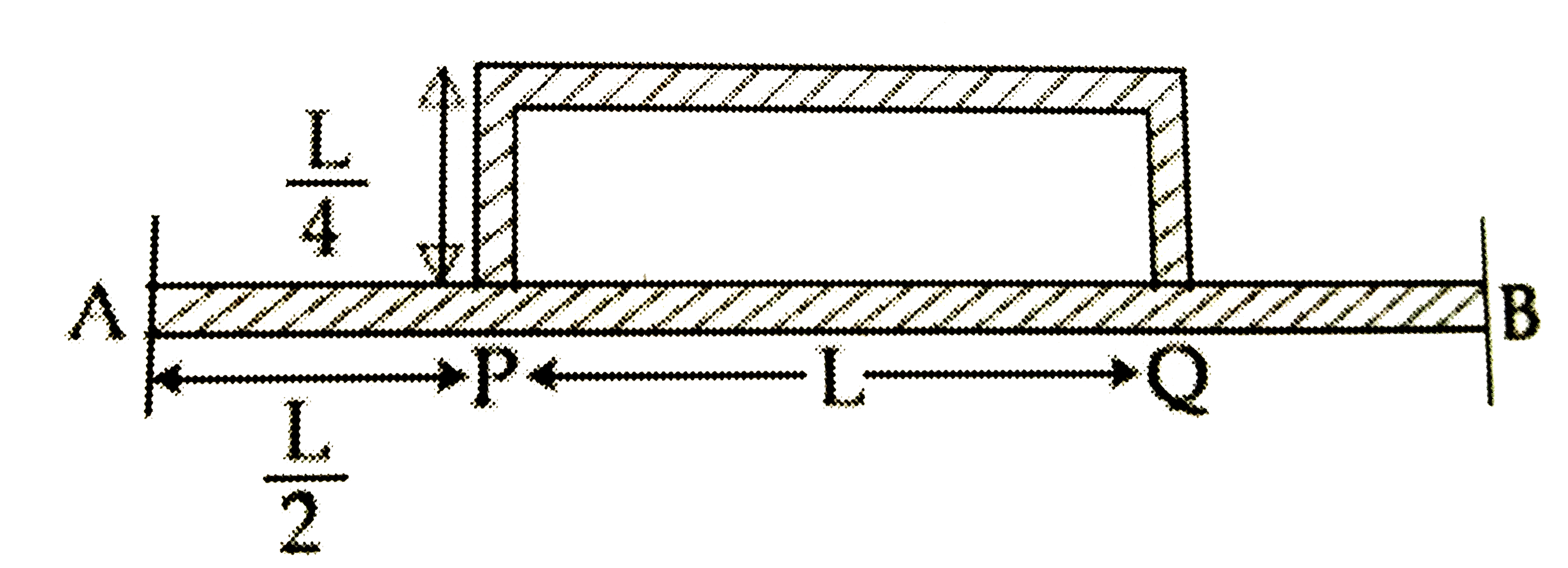One end of a metal rod is kept in a furnce. In steady state, the temperature of the rod
increases
decreases
remains constant
is non uniform.
The correct Answer is:D
is nonuniform.
Topper's Solved these Questions
- HEAT TRANSFERBook:HC VERMAChapter:HEAT TRANSFERExercise:Objective 2
Explore 6 Videos
- HEAT TRANSFERBook:HC VERMAChapter:HEAT TRANSFERExercise:Exercises
Explore 54 Videos
- HEAT TRANSFERBook:HC VERMAChapter:HEAT TRANSFERExercise:Short Answer
Explore 11 Videos
- HEAT AND TEMPERATUREBook:HC VERMAChapter:HEAT AND TEMPERATUREExercise:Exercise
Explore 4 Videos
- INTRODUCTION TO PHYSICSBook:HC VERMAChapter:INTRODUCTION TO PHYSICSExercise:Exercises
Explore 19 Videos
Similar Questions
A rod is heated at one end as shown in figure. In steady state temperature of different sections becomes constant but not same. Why so?
 .
.
View SolutionOne end of a rod of length 20cm is inserted in a furnace at 800K The sides of the rod are coverd with an insulating meterial and the other end emits radiation like a black boy The temperature of this end is 750K in the steady state The temperature of the surrounding air is 300K Assuming radiation to be the only imporatant mode of energy transfer between the surrounding and the open end of the rod, find the thermal conductivity of the rod Stefan's constant σ=6.0×108Wm−2K−4 .
View Solution
Knowledge Check
Two rods are connected as shown. The rods are of same length and same cross sectional area. In steady state, the temperature (θ) of the interface will be -
 A60∘CB73.3∘CC46.7∘CD37.3∘C
A60∘CB73.3∘CC46.7∘CD37.3∘CAssertion : Heat is supplied at constant rate from one end of a conducting rod. In steady state, temperature of all points of the rod becomes uniform.
Reason : In steady state, temperature of rod does not increase.AIf both Assertion and Reason are true and the Reason is correct explanation of the Assertion.BIf both Assertion and Reason are true but Reason is not the correct explanation of Assertion.CIf Assertion is true, but the Reason is false.DIf Assertion is false but the Reason is true.
Two ends of a rod of uniform cross sectional area are kept at temperature 3T0 and T0 as shown. Thermal conductivity of rod varies as k=αT, (where α is a constant and T is absolute temperature). In steady state, the temperature of the middle section of the rod isA√7T0B√5T0C2T0D√3T0
One end A of a metallic rod of length 10 cm is inserted in a furnace whose temperature is 827∘C. The curved surface of the rod is insulated. The room temperature is 27∘C. When the steady state is attained, the temperature of the other end B ofthe rod is 702∘C. Find the thermal conductivity ofthe metal. Stefan's constant =5.67×10−8Wm−2K−4.
View SolutionOne end of a rod length 20cm is inserted in a furnace at 800K. The sides of the rod are coved with an insulating material and the other end emits radiation like a blackbody. The temperature of this end is 750K in the steady state. The temperature of the surrounding air is 300K. Assuming radiation to be the only important mode of energy tranfer between the surrounding and the open end of the rod, find the thermal conductivity of the rod. Stefan constant σs=6.0×10−1Wm−2K−4 .
View SolutionOne end of a rod of length 20 cm is maintained at 800 K. The temperature of the other end of the rod is 750 K in steady state and this end is blackened to radiate thermal radiations like a black body. If temperature of the surrounding is 300 K, find the thermal conductivity of the rod. Assume no energy loss takes place through the lateral surface of the rod during conduction through its length.
View SolutionThree identical rods are joined at point O as shown in the figure. In the steady state, fid the ratio of thermal current through rod AO and OC. ltBrgt

View SolutionTemperature difference of 120∘C is maintained between two ends of a uniform rod AB of length 2L. Another bent rod PQ, of same cross-section as AB and length3L2, is connected across AB (See figure). In steady state, temperature difference between P and Q will be close to :

View Solution
